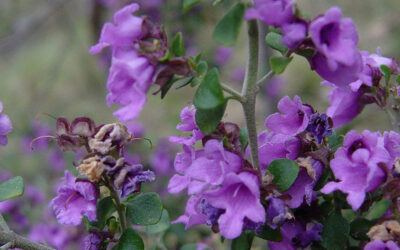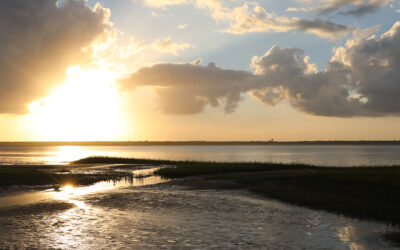Photo credit © Patrick Tomasso on Unsplash
Protected Areas in a Post-Pandemic World
Editorial Perspectives
April 2021 | Volume 27, Number 1
I am excited that 2021 brings us the 27th volume of the International Journal of Wilderness, and with is comes new beginnings. While this sentiment can certainly seem cliché, it is one that represents the hope of many of us to begin considering a post–COVID 19 reality. Progress and sacrifices have been made, and commitment and dedication remain necessary, but as stewards of wilderness and global protected areas there is a desire to begin mapping steps forward.
The past 12 months have presented a variety of challenges and opportunities for conservation professionals. It has been a time to be introspective and examine core values, a time to reaffirm commitments and partners, and a time to evaluate the direction forward. The themes and concepts that have emerged from these reflections might not seem novel, but their application in a post-pandemic world will be essential for wilderness and protected areas.
Solitude
Wilderness is a place for peace and seclusion. It can provide insulation and wanted isolation from the modern technological landscape. But how might the needs for solitude change when some many individuals are craving social interactions and engagement? While nature was a mechanism to step outside the pandemic, what new challenges may arise as individual work to integrate and “step back” into society?
Demand
Over the past year, we have seen the utilization of natural resources substantially increase. This creates a great opportunity to engage new constituencies and partners in their protection and management. However, it has also created increased resources impacts, crowding, conflict, and challenges with visitor services. And this challenge has been compounded by uncertain fiscal and human resources. How will we approach these issues of impacts and capacity, particularly when we need positive change related to diversity, inclusion, and access more than ever?
Collaboration
Global conservation is only possible through partnerships, with individuals working “hand in hand” toward shared goals. But metaphorically, and figuratively, how can this be achieved when social distancing in necessary in so many ways? Resolute partnerships are formed through interactions, shared visioning, trust, and commitment – all of which are possible, but even more challenging through the video call, text message, or email. How can we revitalize collaborations and shared stewardship?
Essential
The past year has shown us how many people are essential in so many ways. The impact that other individuals have on our lives cannot go unnoticed and should not be ignored or taken for granted. And may I suggest also that wilderness and nature are vital to us all. We have demonstrated this past year how wilderness is a refuge for wild nature, but also for humanity, for each of us. Let us take the opportunity of these new beginnings in 2021 to further the integration of wild nature into society. Let us embrace the solitude, create an eager demand, and commit to collaboration. For wilderness is essential.
In this issue of IJW, Larry Beck and Dan Dustin interpret the evolution of John Muir’s legacy. Michelle Reilly examines the significant contributions of women to the wilderness preservation movement. Martha Bierut, Rebecca Niemiec, Randy Welsh, and Dave Cantrell analyze practices that enhance volunteer retention. And Amy Lewis discusses learning faster and better through global mentorship.
ROBERT DVORAK is editor in chief of IJW and professor in the Department of Recreation, Parks, and Leisure Services Administration at Central Michigan University; email: dvora1rg@cmich.edu.
Read Next
Interpreting John Muir’s Legacy
In judging Muir’s legacy, we should be compelled to look inward, admit our own shortcomings, and acknowledge that we, too, have been participants in a system that oppresses Black Americans, Indigenous peoples, and other people of color.
The Curse of the Wild Horses: Deromanticizing Feral Horses to Save Australia’s Kosciuszko National Park
This article documents two walks in the Byadbo Wilderness Area of Australia’s Kosciuszko National Park that revealed inordinate numbers of feral horses, whose population has increased rapidly despite ongoing drought and consequent environmental damage
Seasonal and Destination-Based Variation in Visitor Travel Routes in a Designated Wilderness
As Global Positioning System technology improves, so does our ability to integrate spatiotemporal data into management efforts, including in designated wilderness areas.



